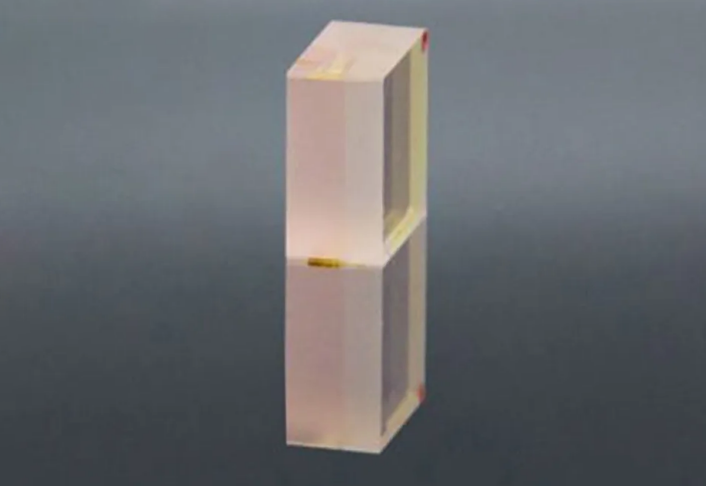Laser technology has revolutionized various fields since its inception in the mid-20th century. Among the diverse range of lasers available, erbium, thulium, and holmium lasers stand out due to their unique wavelengths and specific properties. This article provides a comprehensive overview of these three types of lasers, highlighting their fundamental principles, key characteristics, and primary applications.
Erbium lasers typically utilize erbium-doped glass or erbium-doped fiber as the gain medium. Erbium ions exhibit strong luminescence at specific wavelengths, particularly around 1.55 micrometers, making erbium lasers highly efficient at emitting laser light. Key characteristics include:

Applications:
Thulium lasers typically use thulium-doped glass or thulium-doped fiber as the lasing medium, emitting light primarily around 1.9 micrometers. This mid-infrared wavelength offers unique advantages, especially in medical and materials processing applications.
Applications:
Holmium lasers utilize holmium-doped yttrium aluminum garnet (Ho:YAG) as the lasing medium, emitting light at approximately 2.1 micrometers. This wavelength is highly absorbed by water and biological tissues, making holmium lasers suitable for various high-energy applications.
Applications:
| Characteristic | Erbium Laser | Thulium Laser | Holmium Laser |
|---|---|---|---|
| Wavelength | ~1.55 micrometers | ~1.9 micrometers | ~2.1 micrometers |
| Primary Uses | Optical fiber comms, ophthalmic surgery | Soft tissue surgery, cosmetic treatments | Urological and orthopedic surgery, precision machining |
| Key Features | High efficiency, stable wavelength, excellent beam quality | Mid-IR wavelength, high absorption rate, compact design | High pulse energy, adjustable pulse width, high absorption rate |
| Gain Medium | Erbium-doped glass or fiber | Thulium-doped glass or fiber | Holmium-doped YAG (Ho:YAG) |
Erbium, thulium, and holmium lasers each offer unique wavelengths and properties that make them invaluable in specific applications. Erbium lasers are essential in telecommunications and certain medical procedures due to their stable wavelength and high efficiency. Thulium lasers excel in soft tissue surgeries and cosmetic treatments, benefiting from their mid-infrared wavelength and high absorption rates. Holmium lasers, with their high pulse energy and adjustable pulse widths, are crucial in urological and orthopedic surgeries as well as precision industrial processing.
As laser technology continues to advance, the roles of erbium, thulium, and holmium lasers are expected to expand, driving innovation across various scientific, medical, and industrial fields. Understanding the distinct characteristics and applications of each laser type enables professionals to select the most appropriate technology for their specific needs, ensuring optimal performance and outcomes.
If you are interested in leveraging the capabilities of erbium, thulium, holmium, or other rare earth lasers for your applications, visit Stanford Materials Corporation's website to explore tailored solutions and expert support that can help you achieve your technological and medical objectives.
Eric Loewen
Eric Loewen graduated from the University of Illinois studying applied chemistry. His educational background gives him a broad base from which to approach many topics. He has been working with topics about advanced materials for over 5 years at Stanford Materials Corporation (SMC). His main purpose in writing these articles is to provide a free, yet quality resource for readers. He welcomes feedback on typos, errors, or differences in opinion that readers come across.

 Inquiry List
Inquiry List


